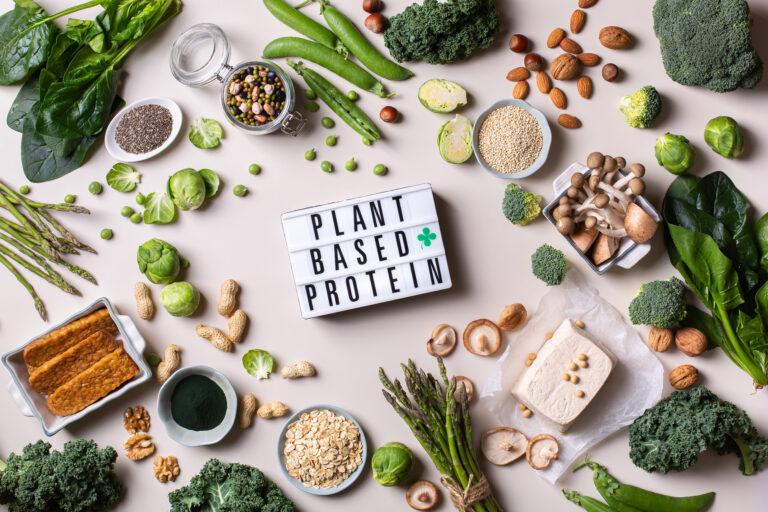Potential risks associated with plant-based milk and meat alternatives:
1. Overreliance on plant-based dairy and meat alternatives can cause nutrient deficiencies, especially in vulnerable subgroups of the population, i.e. infants, women of childbearing age and the elderly.
Animal products are an important source of nutrients, and are described as "complete" protein sources with "high biological value" because they contain all nine essential amino acids. Adequately meeting requirements for all essential amino acids from a calorie-sufficient plant-based diet can be achieved when consuming nutrients from a diverse range of foods. Protein from animal and plant sources should therefore not be considered as interchangeable, additional amounts may be needed. According to a study, up to 22g additional protein per day was required if sourced from plants as opposed to animal source.
Dairy and meat are key sources of several important nutrients in Ireland including calcium, iodine, iron, selenium, and vitamin B12. Replacing these foods with alternatives that are not sufficiently fortified therefore poses a risk of lower nutrient intakes, and potential nutrient deficiencies. This is of particular concern in vulnerable population groups.
According to a study, the use of plant-based alternatives in infants have resulted in severe nutritional deficiencies, which could have been preventable. Dairy products contribute to greater growth in children compared to plant-based alternatives. The elderly are more prone to vitamin B12 deficiency, so are well-advised to regularly consume sources of vitamin B12 such as dairy and meat to achieve their reference nutrient intakes, but this is harder to achieve through plant-based alternatives.
2. Plant-based products are generally associated with a having natural and healthy composition, however, according to the literature, many of these products have a higher sodium and fat content after being prepared. Another potential risk associated with these products is that they contain a higher number of ingredients than their traditional alternatives, several of which are concentrated or highly processed products.
Food intakes and ingredient interactions may therefore become more complex to monitor. EFSA has been working to add an additional layer of safety to consumers through cumulative risk assessments which disaggregate composite foods on the market, but this is still at a preliminary level, and more advanced risk assessment methodologies are required to keep up with the expanding food market (EFSA, 2019, EFSA 2020a, EFSA 2020b).
3. These products may also contain contaminants from processing, such as acrylamide, 3-MCPD.
New technologies and processes may also pose food safety risks e.g., the use of methylamine when isolating pea protein, and potential allergenicity risk which has emerged.
Related case

